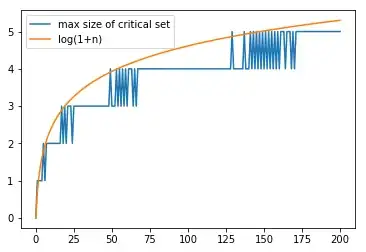Quite often, mathematics students become surprised by the fact that for a mathematician, the term “logarithm” and the expression $\log$ nearly always mean natural logarithm instead of the common logarithm. Because of that, I have been gathering examples of problems whose statement have nothing to do with logarithms (or the exponential function), but whose solution does involve natural logarithms. The goal is, of course, to make the students see how natural the natural logarithms really are. Here are some of these problems:
- The sum of the series $1-\frac12+\frac13-\frac14+\cdots$ is $\log2$.
- If $x\in(0,+\infty)$, then $\lim_{n\to\infty}n\bigl(\sqrt[n]x-1\bigr)=\log x$.
- What's the average distance from a point of a square with the side of length $1$ to the center of the square? The question is ambiguous. Is the square a line or a two-dimensional region? In the first case, the answer is $\frac14\bigl(\sqrt2+\log\bigl(1+\sqrt2\bigr)\bigr)$; in the second case, the answer is smaller (of course): $\frac16\bigl(\sqrt2+\log\bigl(1+\sqrt2\bigr)\bigr)$.
- The length of an arc of a parabola can be expressed using logarithms.
- The area below an arc of the hyperbola $y=\frac1x$ (and above the $x$-axis) can be expressed using natural logarithms.
- Suppose that there is an urn with $n$ different coupons, from which coupons are being collected, equally likely, with replacement. How many coupons do you expect you need to draw (with replacement) before having drawn each coupon at least once? The answer is about $n\log(n)+\gamma n+\frac12$, where $\gamma$ is the Euler–Mascheroni constant.
- For each $n\in\mathbb N$, let $P_p(n)$ be the number of primitive Pythagorean triples whose perimeter is smaller than $n$. Then $\displaystyle P_p(n)\sim\frac{n\log2}{\pi^2}$. (By the way, this is also an unexpected use of $\pi$.)
Could you please suggest some more?

lgas the abbreviation for base 10 logarithms. Usinglgas a base-agnostic logarithm (since all log functions have the same asymptotic growth to within a constant factor) is common in computer science, though. – chepner Jul 06 '17 at 14:41